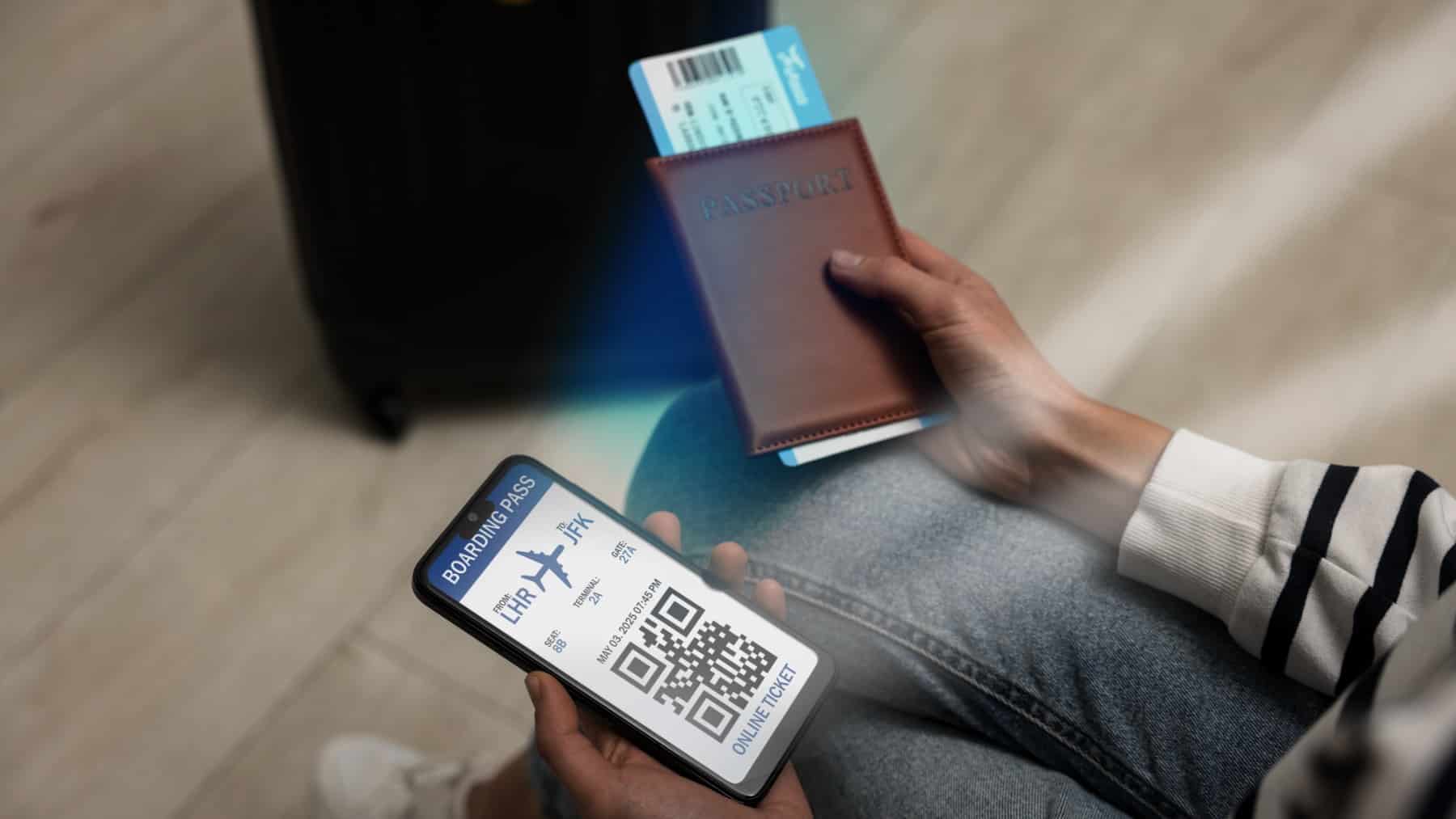For millions of non-citizens, entering and leaving the United States will be much more inclusive from now on. Instead of simply showing your passport to customs officials, from now on a camera will ask you to stare at a point while your face is scanned and compared to a global database. The Department of Homeland Security (DHS) has tested a definitive rule that expands the collection of biometric data—mainly through facial photographs—to all border checkpoints.
You have until Christmas to travel freely; from December 26 2025 on, biometric scanners will be waiting for all non-citizen travellers in each Customs point. Yes, even when you are exiting the country after visiting for a couple weeks. Talk about incentiving international tourism, huh?
Who is being targeted by the new cameras?
The measure applies to almost all non-citizens (aliens), regardless of their status or reason for travel. This means that it will not only affect tourists with short-term visas, but also legal permanent residents who hold a Green Card.
In addition, the previous age exemptions have been eliminated: children under 14 and adults over 79 will also be subject to mandatory biometric data collection. Everyone—regardless of age—will have to undergo biometric scanning if they want to cross the border.
Why is the government doing this?
This regulation is the culmination of decades of planning to maintain security at the country’s points of entry and exit. Until now, the major weakness in the system has always been on the exit side. Although the government has invested heavily in verifying the identities of people entering the country (through things like fingerprinting and photos), it did not have a universal biometric system to verify who exactly left the country.
The requirement to create an automated entry and exit registration system is a government mandate that dates back to 1996 with the IIRIRA law. In other words, this registration system was proposed almost 30 years ago, but it has taken three decades to implement it.
After the attacks of September 11, 2001, key laws such as the USA PATRIOT Act added the requirement for a biometric component to that system to ensure security. However, it was a technological challenge to implement a practical and efficient system at all points of exit—especially at land and sea crossings.
The main reason the government is doing this is because of visa overstays. According to the DHS, a large part of the undocumented population entered the country illegally by crossing the border, but arrived legally on a visa and simply did not leave when their permit expired.
By making exit biometrics mandatory, authorities obtain definitive proof of who has left the country. The important thing is not knowing when the person left, but rather the automatic list that is created of people who have not left the country before their visa expires. In this way, biometrics becomes the most powerful weapon for directly combating identity fraud and overstaying.
The Risk of Hyper-Surveillance
Given the massive flow of travelers at border crossings, CBP considers facial recognition (FRT) to be the fastest and most effective biometric method. The process is simple: the camera takes your photo in real time, the system compares it with the photos stored in the database, and verifies your identity. However, this massive technological expansion does not come without a heated ethical and legal debate.
Civil rights organizations have spoken out against what they perceive as an inevitable state of perpetual surveillance. Immigration lawyer Kate Lincoln-Goldfinch warns that this requires active legal oversight. After all, legal residents –Green Card holders– who have jumped through the bureaucratic loops to show they will actively contribute to the American society are also being put on the same category as visiting non-citizens with a feeble visa.








